Adox describe their CMS 20II Pro film as “an orthopanchromatic and ultra-high resolution film based on silver halide material” and “the highest resolution, sharpest fine-grain film in the world”. I came across it through a listing on the New Zealand online auction site posted by NZPhotochem, a trader I buy materials from, and who turns up some interesting items.
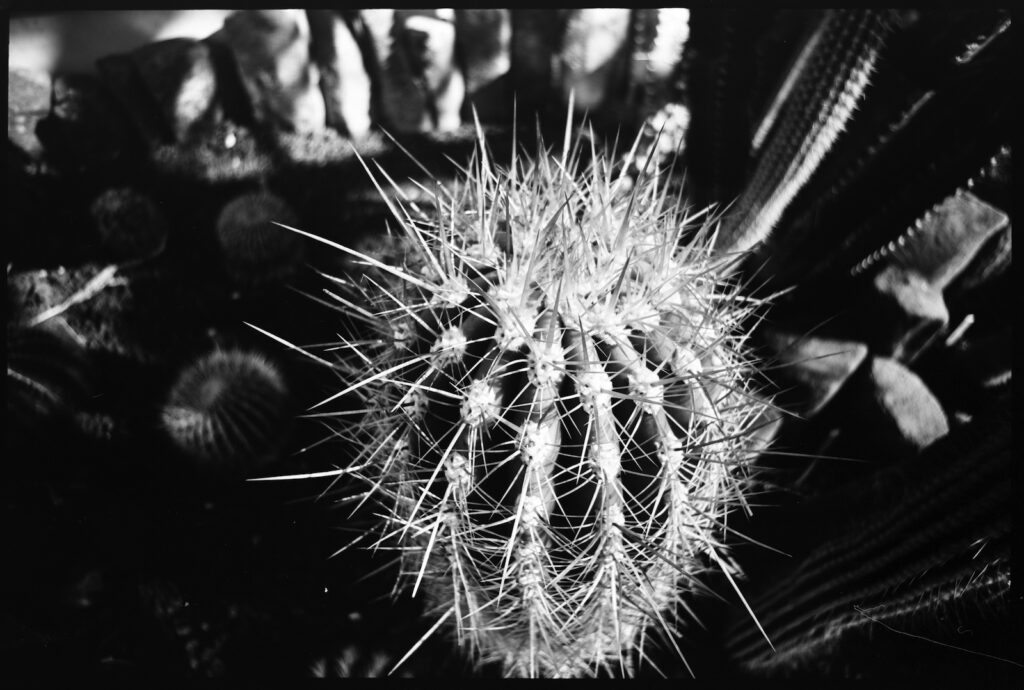
Delving deeper into both the film and its manufacturer proved interesting. Adox is a long established name in the photographic world of course. They have manufactured most things photographic over their long history which began in 1860 and, after the bankruptcy brought on by digital, have been rescued and now have the slogan “The best things are analogue”. They have managed to build new production facilities and have modified much of the equipment as needed. And, to judge by this film, they are no slouches technologically.
They are, very commendably, helping support the continuation of analogue photography that so many of us still enjoy and practice. I cannot praise such enterprises enough. My life would be extremely dull without them.
The film
35mm seems to be the most readily obtainable size, though it appears that 120 and 5×4 sizes have once been produced and are mentioned in their data sheet. I read a post on the photrio web site from Adox themselves explaining why 120 was not being produced. Scaling down the machinery for more limited production and the availability of packaging supplies and skilled operatives are given as the very understandable reasons. Their own website is worth a visit also for an up to date picture. The production quantities required nowadays must be more niche than industrial compared with pre-digital.
Physically, the film is very thin compared to say FP4+ and has a clear polyester base, requiring scissors to seperate it from the cassette if you process your own. It is impossible to tear across the cassette lips, my usual method with most films. It is so slippery extracting the tongue from the cassette with my Ilford film retriever can be challenging too if it has been wound fully back by cameras like my F801 I used for this film.
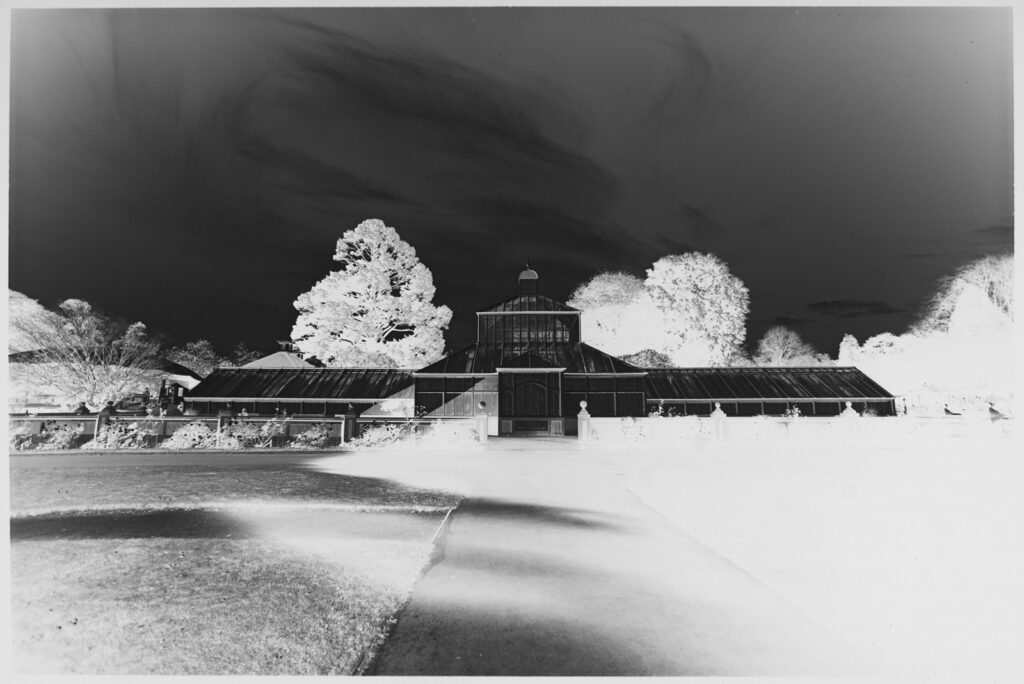
It is nominally rated at ISO 20 but there are alternative speeds for different results. For high contrast an ISO 12 rating is recommended whilst for lower image contrast ISO 25 gives very highly detailed images according to Adox’s data sheet. This is when using the dedicated Adotech IV developer.
In my case I am standardised on Rodinal so for this first film I used the time and speed rating for continuous tone recommended by the Massive Development Chart. ISO 10 is recommended for continuous tone, the complete opposite to Adotech’s ISO 25. I used the shorter time suggested to help limit contrast, 14 minutes at 1:200, 20ºC.
Its “orthopanchromatic” description seems contradictory but is explained by its unusual spectral response I guess. It responds up to 650 nm, approaching infrared wavelengths which might explain the sky tones it produces without filters.
The base is so clear, the negatives really punch out at you increasing the impression of higher contrast. Adox say this makes it suitable for reversal with a little experimentation and I would not dispute that.
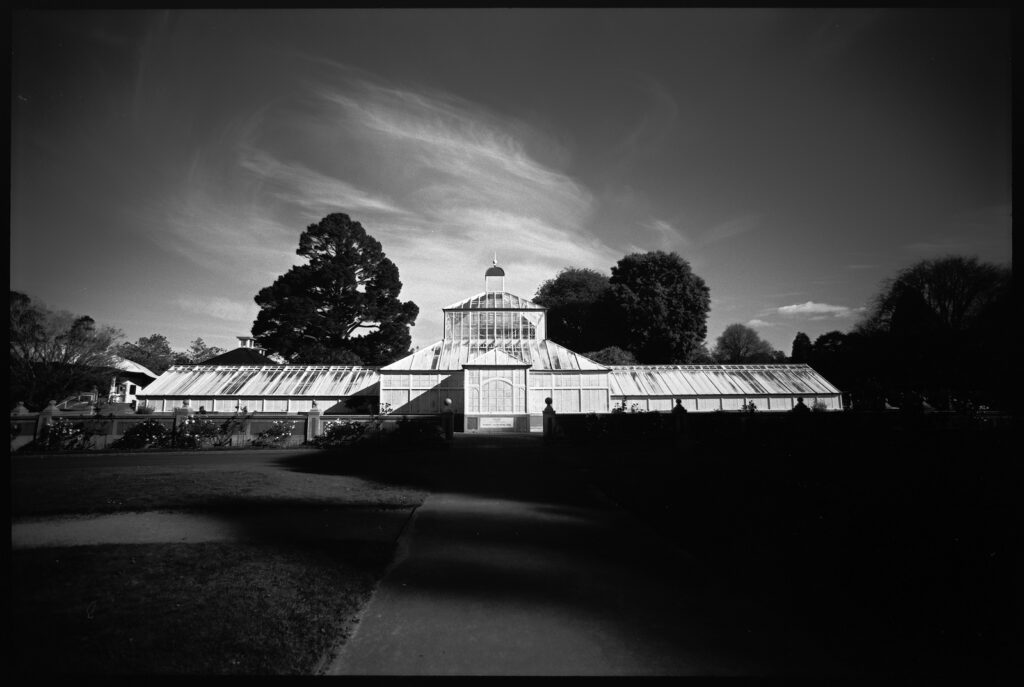
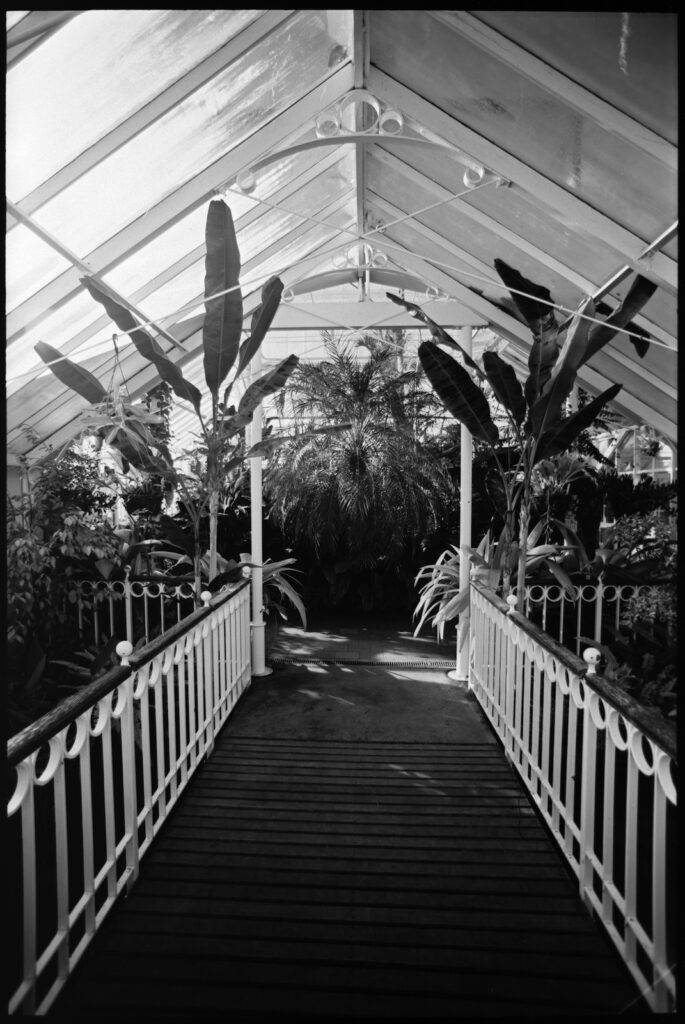
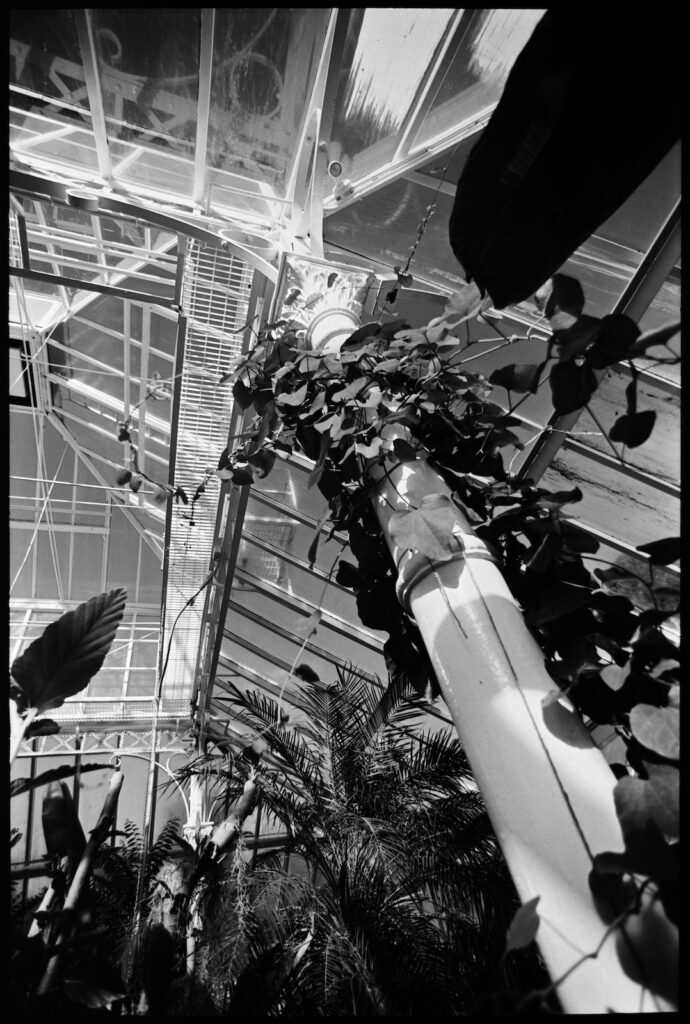
My intentionally very high contrast subjects were a complete disaster but when it works it is a very good film. It is very suited to architecture and record, whist the high contrast can produce some dramatic results, especially the shot here of the Winter Garden in Dunedin’s Botanic Gardens (which I have now discovered is not the Tropical House as I previously thought, that is the central, taller section, flanked by the lower, slightly cooler temperature, less humid wings).
Results
I took a number of test shots with various filters and of a range of subjects and lighting. Even though I did not use the recommended developer, there is virtually no grain visible. And when applying USM and Clarity in Affinity Photo, which normally brings out the grain quite horribly, it is still almost non-existent and detail is enhanced instead of being broken up. Very like working with digital files in fact.
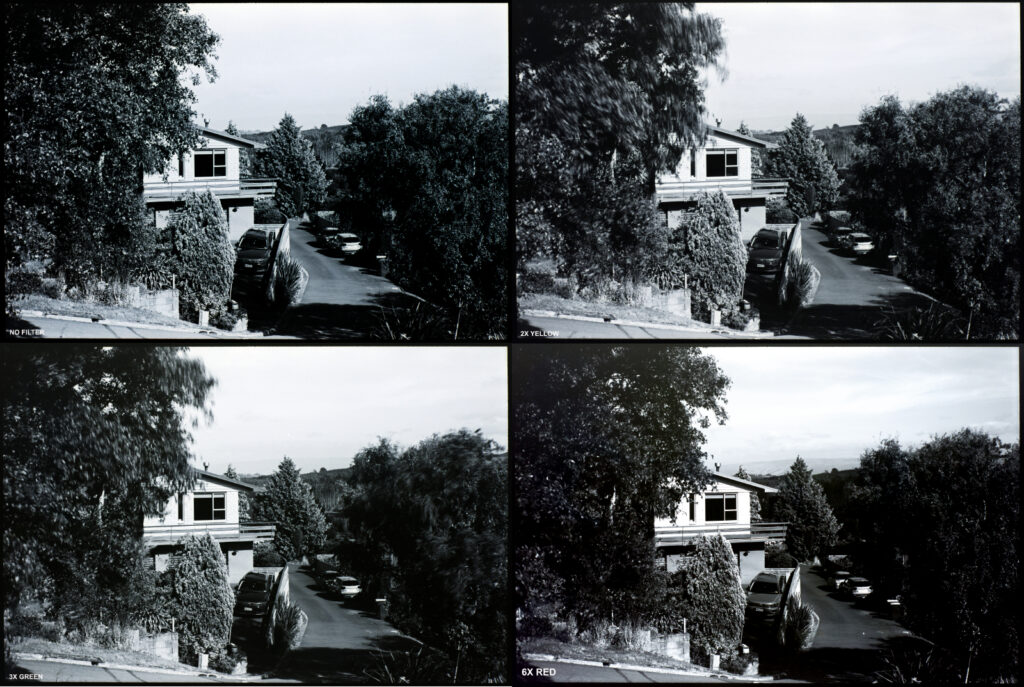
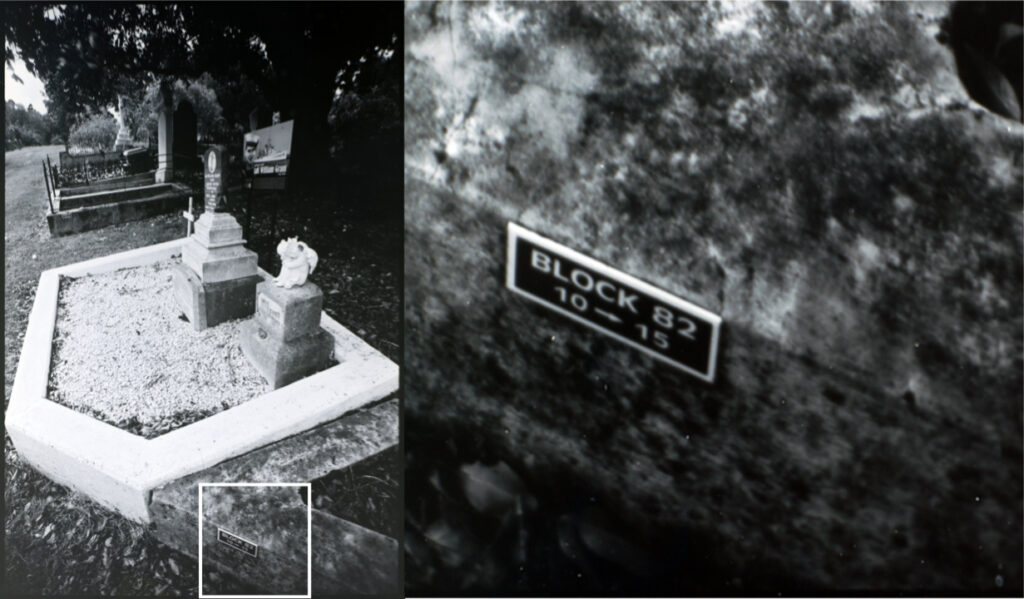
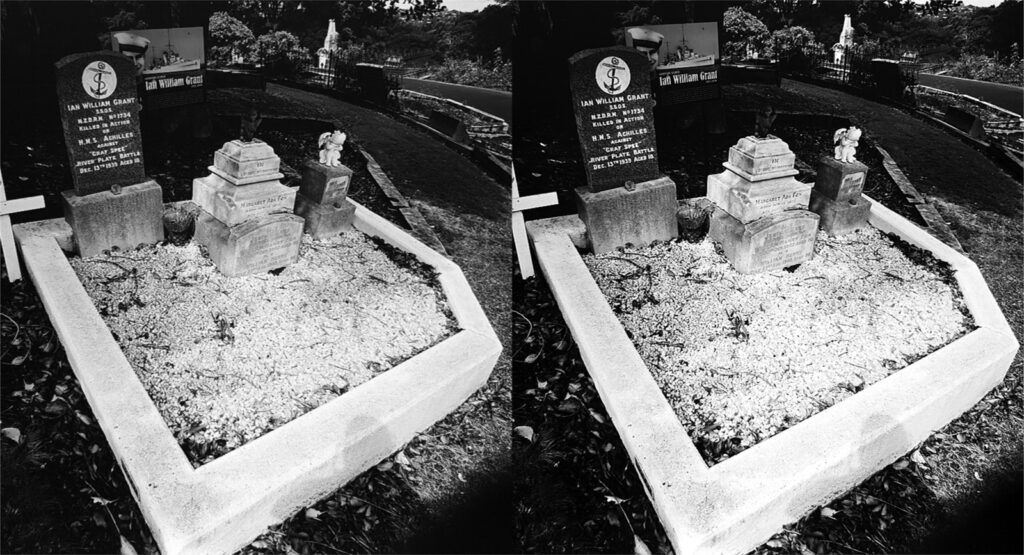
Only the red filter had any useful effect but then only in cutting through haze. With no filter, skies are rendered well anyway.
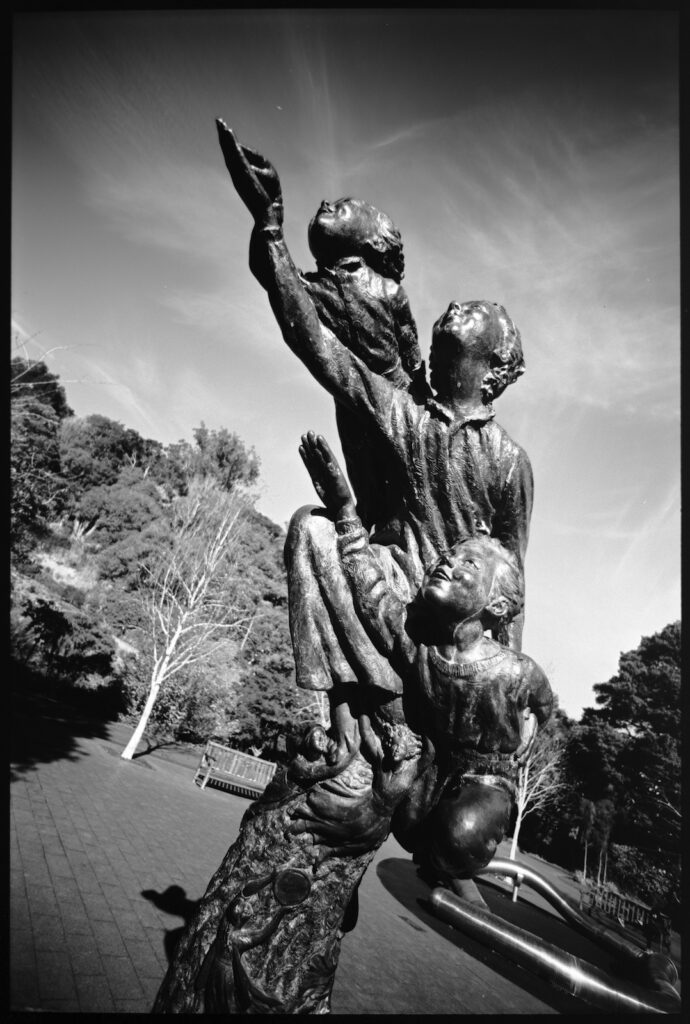
The main difficulty is the slow speed of the film. This forces large apertures to be used when hand-held (I am lazy sometimes) and my Tamron 17mm used for many of the examples here is not at its best at the f4 or f5.6 settings used. Sharpness isn’t too bad but this lens vignettes noticeably at wider apertures, an effect emphasised by the contrasty nature of the emulsion.
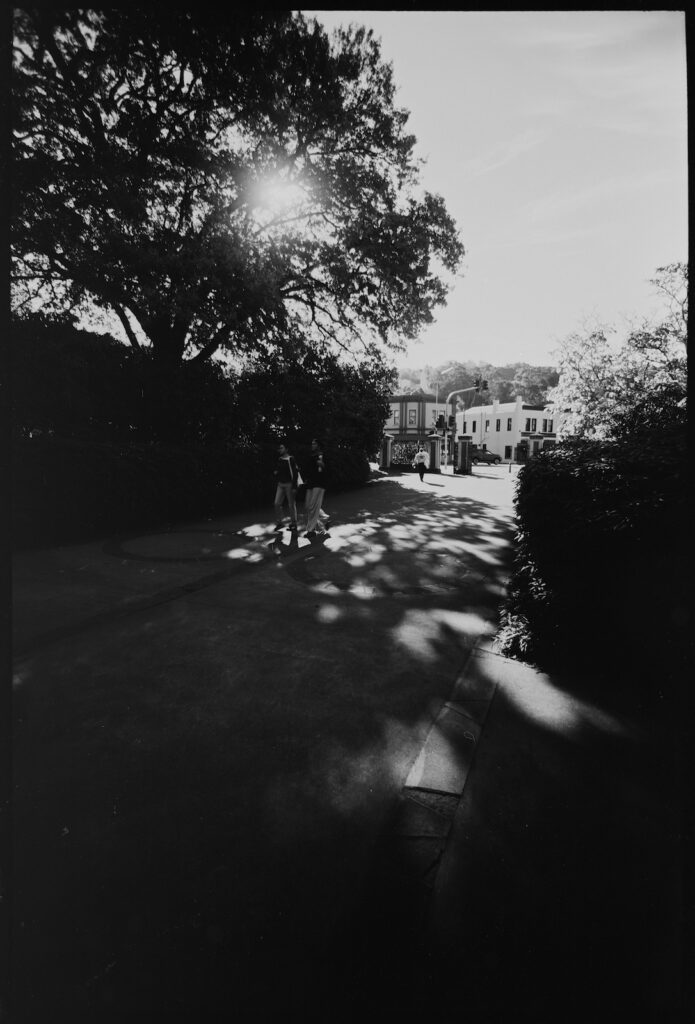
And it really is contrasty, with dense blacks. I spent some time very carefully post-processing an intentionally contrasty contre jour shot and produced quite a good range of tones, with just visible tone in the shadows, highlights slightly blown out and reasonable mid-tones. Absolutely on the limit. It must be said this is a pretty tricky emulsion to handle in order to get the best out of it. I don’t think it has any latitude at all so accurate exposure is a must.
In conclusion
I think my next film will be exposed at an even slower ISO, probably 8 (Adox suggest ISO 3-6 for non-dedicated developers), and given a little less development again in order to reduce the contrast still more (expose for the shadows/develop for the highlights). I may have to be less lazy and use a tripod more, and I will probably split the film between my Retina and Super Silette to reduce the wait to finish 36 exposures and to compare lenses. These cameras have very different lens characteristics, the Agfa Solinar being much ‘smoother’ than the Xenon. I have a feeling the Solinar might suit this film quite well. We shall see.
Share this post:

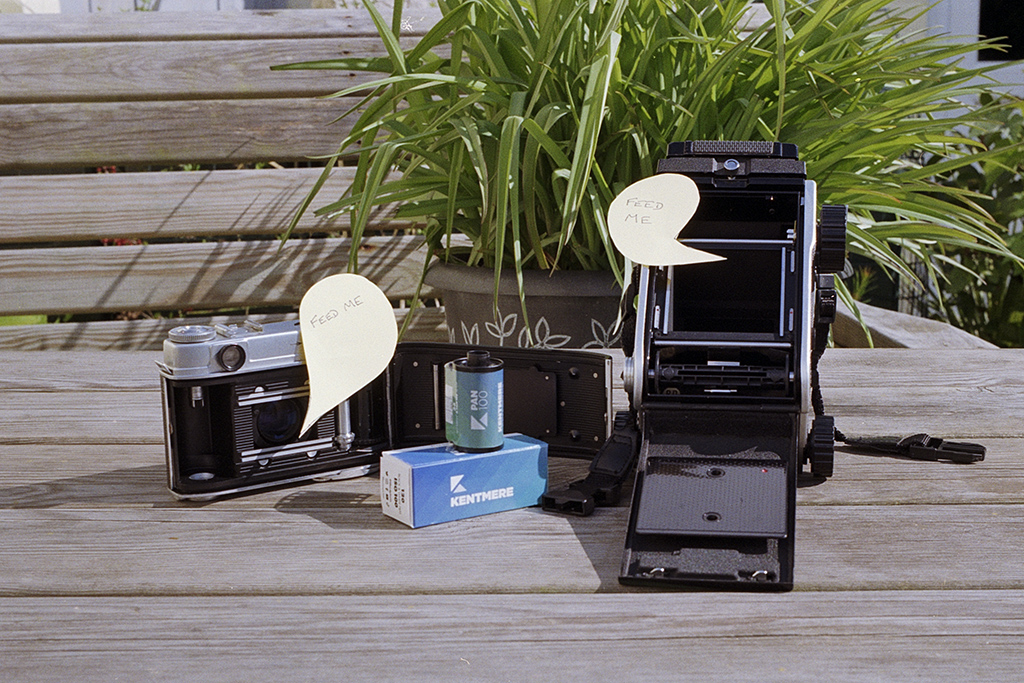
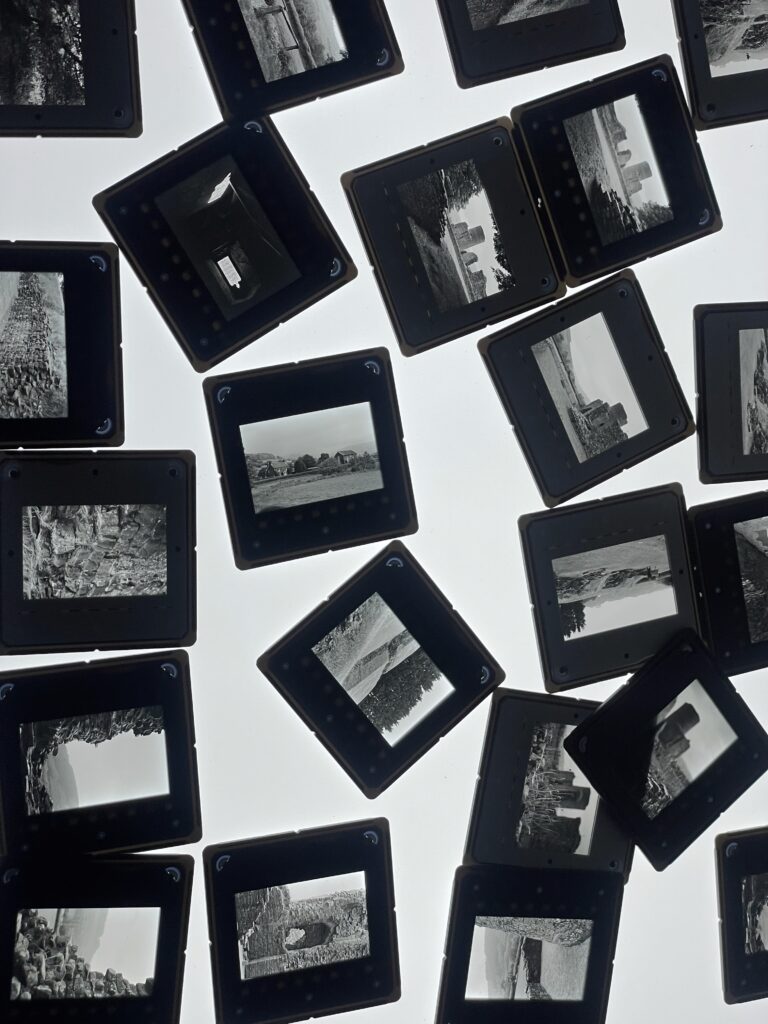
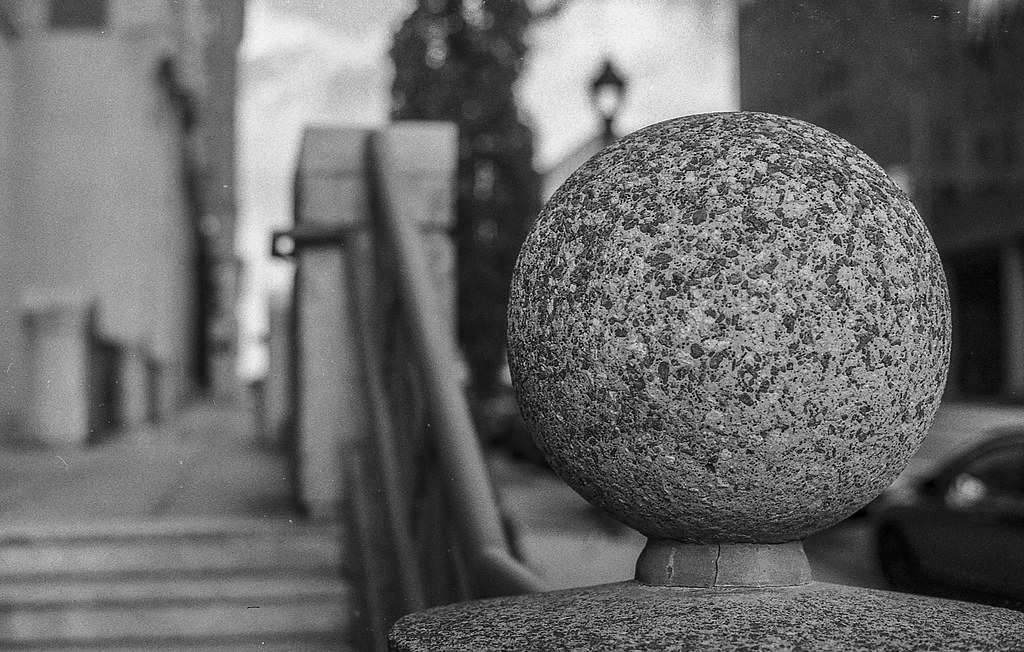
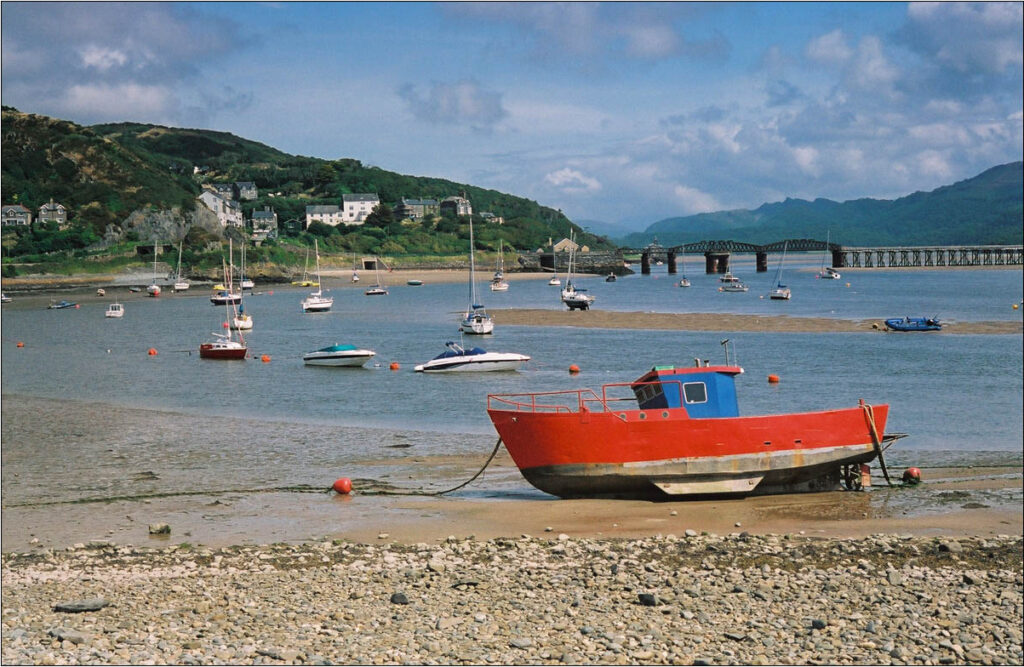




Comments
Massimiliano Grivetti on Adox CMS 20 II Pro – My First Roll
Comment posted: 14/06/2024
Comment posted: 14/06/2024
Geoff Chaplin on Adox CMS 20 II Pro – My First Roll
Comment posted: 14/06/2024
Comment posted: 14/06/2024
Comment posted: 14/06/2024
Comment posted: 14/06/2024
Herb Kateley on Adox CMS 20 II Pro – My First Roll
Comment posted: 14/06/2024
Comment posted: 14/06/2024
Herb Kateley on Adox CMS 20 II Pro – My First Roll
Comment posted: 14/06/2024
If you want to really see what this film can do, you need to use the dedicated adotech developer and follow the developing instructions to the letter. (very mild agitation, very short fixing time.) I tried alternate developers a couple of times, comparatively the results were far less desirable.
Comment posted: 14/06/2024
Gary Smith on Adox CMS 20 II Pro – My First Roll
Comment posted: 14/06/2024
Comment posted: 14/06/2024
Jeffery Luhn on Adox CMS 20 II Pro – My First Roll
Comment posted: 14/06/2024
Great article and pix!! I think this film was developed primarily for graphic arts recording and it was used in Minox cameras for documents, ala James Bond. I did some training sessions with an agency that will remain unnamed, and we tested an Adox emulsion and Kodak Kodalith films. Very similar. The drill involved using a small strobe to get the light level up, thereby allowing handheld exposures. Kodalith became the favored film because it was ortho, and could be developed by inspection under a deep red safelight. These films have a razor thin latitude, as you skillfully pointed out. Your results were very good, and artistic too! While in college we experimented with other high contrast films and one developer that gave us a lot of scale was Rodinal. We used an eyedropper for the dilution! Three drops in a 5x7 tray of 200cc water and constant agitation. It was hit and miss with general subjects, but bang on in a controlled lighting situation. An umbrella and powerful strobe with a reflector produced amazing portraits with 35mm. You've inspired me to try this film. I think I'll use the Adox developer first. Thanks for the great article article!!
Comment posted: 14/06/2024
Rick on Adox CMS 20 II Pro – My First Roll
Comment posted: 14/06/2024
I shot 2 rolls of CMS20 a few years ago and developed both in Perceptol 1:3 at 24 deg c. I used auto exposure with a Nikon F6 and found setting iso at 8 or 10 worked well. If I were to shoot another roll I'd just go with iso set to 8 and a uv filter or no filter. Of the below linked photos, "Cranes" printed quite well in my darkroom at grade 2. I didn't want to add any more developers to my inventory so just used one I always have on hand (Perceptol).
Yacht https://flic.kr/p/Y2arjG
Web Bridge https://flic.kr/p/Y2H4rz
Yachts & Towers https://flic.kr/p/WYk46h
Cranes https://flic.kr/p/Yf2Mnz
Night shot https://flic.kr/p/2k4unz9
Comment posted: 14/06/2024
Daniel Castelli on Adox CMS 20 II Pro – My First Roll
Comment posted: 15/06/2024
Comment posted: 15/06/2024
Brett Rogers on Adox CMS 20 II Pro – My First Roll
Comment posted: 15/06/2024
You've got those numbers the right way around? A lower exposure index and less time in developer should give less contrast than a higher EI and more time. Thanks very much for posting this, I have a couple of rolls of the film in 135 and lots of Rodinal so I will benefit from your experience.
Best
Brett
Comment posted: 15/06/2024